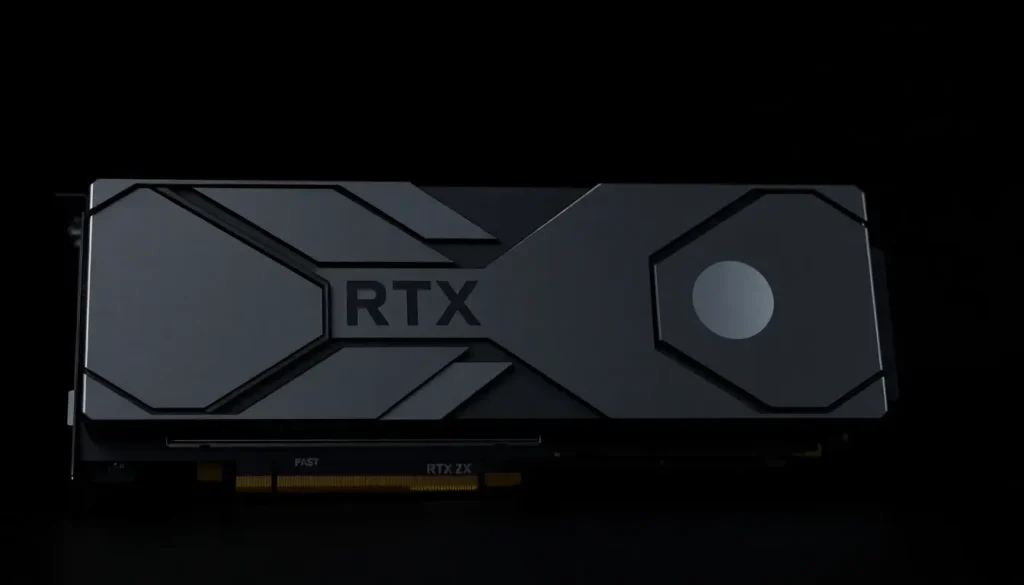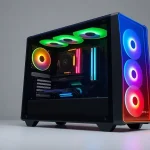High GDDR7 Prices and Low Availability Threaten Nvidia RTX 50 Series

The graphics card market is experiencing a tumultuous period, especially with the anticipated arrival of Nvidia's RTX 50 Super series. However, recent developments regarding GDDR7 memory shortages are creating a perfect storm that could delay or even derail these plans. For gamers and tech enthusiasts, understanding the implications of these challenges is crucial as they navigate their purchasing decisions in a landscape filled with uncertainty.
As we delve into this topic, we'll explore the current status of Nvidia's upcoming GPUs, the significance of GDDR7 memory, and what this all means for potential buyers. Stick around as we unpack the layers of this complex situation.
Current Status of the RTX 50 Super Series
Nvidia's plans for the RTX 50 Super GPUs seem to be in jeopardy. Reports suggest that the company has paused development due to significant shortages in GDDR7 memory. This critical component is essential for high-performance graphics cards, and its limited availability has raised concerns regarding the launch of models like the RTX 5070 Super, RTX 5070 Ti Super, and RTX 5080 Super.
According to credible sources on social media, the ongoing issues with GDDR7 memory supply have prompted Nvidia to reconsider its timeline. The RTX 50 Super lineup was expected to offer substantial upgrades over the standard RTX 50 series, particularly in terms of VRAM capacity.
- RTX 5070 Super: Expected to feature 18GB of VRAM, an increase of 6GB.
- RTX 5070 Ti Super: Anticipated to include 24GB of VRAM, an increase of 8GB.
- RTX 5080 Super: Similar VRAM enhancements as its counterparts.
These upgrades were positioned to enhance gaming experiences, especially for upcoming titles demanding higher texture quality. However, the feasibility of these enhancements is now under scrutiny.
The Role of GDDR7 Memory in Graphics Performance
GDDR7 memory is essential for modern graphics cards, providing the bandwidth necessary for high-resolution textures and complex graphical calculations. The demand for this memory type has surged due to several factors:
- Increasing graphical fidelity in modern video games.
- The rise of AI-driven applications that require substantial processing power.
- Growing interest in 4K and 8K gaming resolutions.
As a result, the availability of GDDR7 memory has become a focal point in the GPU production process. The situation is further complicated by the fact that many of the remaining chips are being diverted towards Nvidia's professional and AI server markets, leaving less capacity for consumer-grade products.
Potential Pricing Implications for the RTX 50 Super Series
The ongoing GDDR7 shortage is likely to have a significant impact on the pricing of the RTX 50 Super series. Even if Nvidia manages to release these GPUs, the anticipated prices may not align with previous expectations. Here are some potential pricing scenarios:
- Increased prices: With GDDR7 memory costs rising, prices for the RTX 50 Super GPUs could reflect this surge.
- Non-Super models affected: The pricing of non-Super RTX models could also rise due to the increased costs of GDDR7.
- Market competition: If Nvidia decides to keep prices high, competitors may benefit, potentially driving prices down in other offerings.
In this context, Nvidia's ability to balance pricing while maintaining market competitiveness will be crucial. The company is known for its significant market power, but it must consider consumer demand and overall market conditions.
Future Outlook for Nvidia's RTX 50 Super Series
As of now, the outlook for the RTX 50 Super series remains unclear. Nvidia, a $4.5 trillion powerhouse in the tech industry, may find ways to mitigate the GDDR7 shortage, but this is not guaranteed. The company might prioritize its data center and AI GPU markets, which typically yield higher profit margins.
Despite the challenges, there is hope that Nvidia will allocate some memory for the Super series. Speculation suggests that if an announcement is forthcoming, it could happen during major tech events like CES 2026. Until then, potential buyers may need to weigh their options carefully.
What This Means for Consumers
For consumers eager to upgrade their systems, the current situation presents a dilemma. Here are several key considerations:
- Wait for Super models: If you can hold off on purchasing a new GPU, waiting for the RTX 50 Super series could yield better performance.
- Consider current generation: Alternatively, the existing RTX 50 series may offer sufficient performance for most gaming needs, especially if priced competitively.
- Monitor pricing trends: Stay informed about GDDR7 prices and availability to anticipate potential price hikes.
In conclusion, the current landscape surrounding Nvidia's RTX 50 Super series is rife with uncertainty. Gamers and tech enthusiasts must remain vigilant as developments unfold, particularly concerning GDDR7 memory availability and its impact on pricing and performance.
For those interested in further insights, check out this insightful video:
Stay tuned for updates, and make sure to follow reliable tech news outlets for the latest information on Nvidia's GPU developments.




Leave a Reply